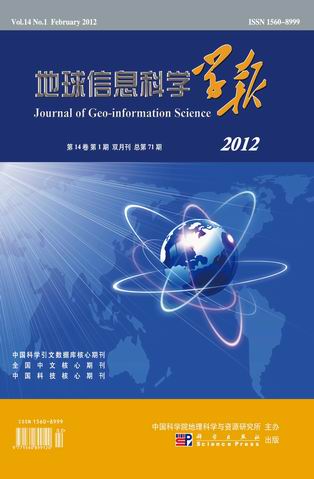ARTICLES
WANG Juanle, SONG Jia, ZHU Lijun
Northeast Asia is a key area for Earth system study, global change frontier science research and regional sustainable development research, where has complex ecological environment pattern, variety of climate zones, and typical human-earth relationship comparing characteristics. Large amount of scientific expedition data are accumulated in the past several years in Northeast Asia (here refers to Northern China, Mongolia, and Siberia and Far East area of Russia) under the cooperation of China, Mongolia and Russia scientists. These data have multi-disciplinary features. How to integrate these scientific expedition data public services is a problem. According to these scientific expedition data accumulation and management requirements, we designed a data resources integration system, which has 3 sub systems, i.e., data resources collect and management standards and specifications system, data classification system, data management and publication software platform. Data resources collection and management standard and specification system has 23 specifications, which can be divided into 3 types, i.e., data collection and processing specification type, data analysis and archiving specification, and data management and sharing specification. Data resources classification system has 4 classes, 25 sub classes and 128 data elements. Data management and publication software platform has 5 function models, i.e., data catalogue search model, metadata management model, data publication and virtualization model, data view model and data download model. Based on the designed data integration system, a prototype system has been developed supported by computer technology and Web GIS technology. As far 144 datasets have been integrated in this data system. With more and more data are accumulated and integrated in this system, it will play an important role for the scientific expedition data application and analysis in the near future.
